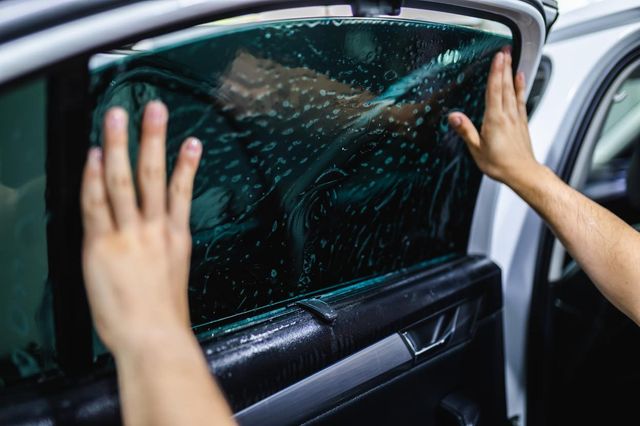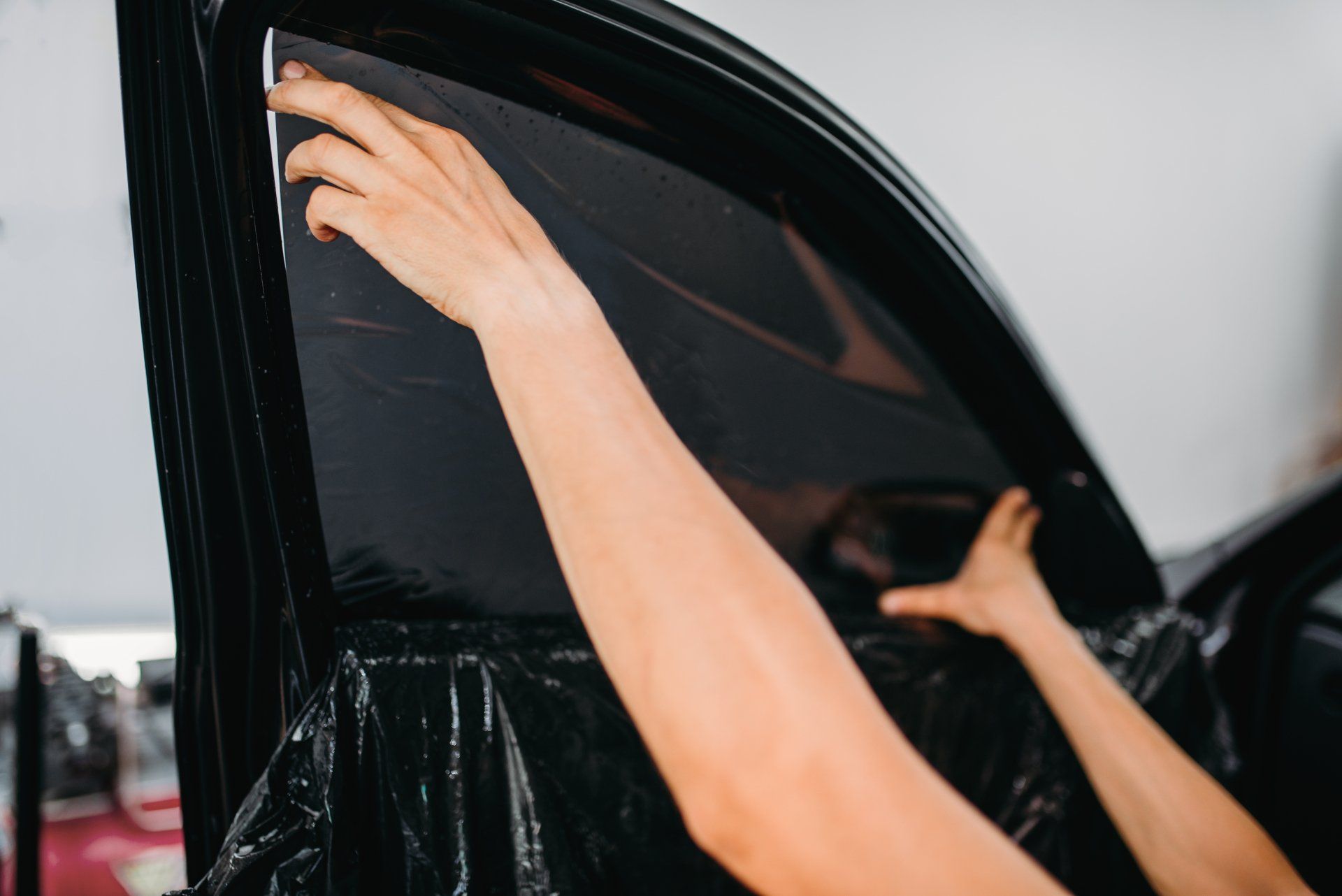Window Tinting Rules and Guidelines: What You Required to Know Before Tinting Your Auto
Prior to proceeding with home window tinting for your lorry, it is vital to familiarize on your own with the diverse laws and standards that govern this practice throughout different states. These laws determine the acceptable levels of tint darkness, frequently determined by noticeable light transmission (VLT) percentages, and consist of specific terms for front windshields intended at guaranteeing road safety.
Overview of Home Window Tinting Laws
Window tinting laws are regularly based on variant across different territories, showing local policies and security factors to consider. These regulations determine the acceptable levels of tint darkness and reflectiveness on vehicle home windows, making sure that motorists maintain appropriate presence while likewise securing versus unsafe UV rays and heat.
Most guidelines categorize home window tinting based upon the Visible Light Transmission (VLT) percent, which shows the quantity of light that can pass through the home window. Generally, reduced VLT percentages indicate darker tints. Regulations usually differentiate in between the front, side, and rear home windows, with stricter restrictions put on the front windshield to enhance safety and security for both the motorist and various other roadway customers.
Furthermore, some jurisdictions enforce limitations on the reflectivity of the color, preventing too much glare that might harm presence. Exemptions to these laws might exist for individuals with details clinical conditions requiring extra sunlight protection. Compliance with window tinting regulations is vital, as offenses can cause penalties, obligatory removal of the tint, and possible boosts in insurance coverage costs. It is important for car proprietors to familiarize themselves with regional laws before continuing with home window tinting installations.
State-by-State Color Laws
Comprehending the particular window tinting guidelines in each state is essential for vehicle owners seeking to conform with the law. Each state in the united state has actually developed its very own set of policies regulating home window tinting, which can differ substantially. These policies commonly dictate the allowable degrees of tint darkness, the sorts of windows that can be tinted, and any kind of medical exemptions that may apply.
For example, states like The golden state have strict constraints on tint darkness for front home windows, while others, such as New Mexico, may allow darker colors. Additionally, particular states mandate certain exposure percents for various windows, including the windscreen, front side home windows, and back windows. It is important for car owners to familiarize themselves with their state's legislations to avoid potential penalties or fines.
Moreover, some states may call for a certification sticker to be put on colored home windows, showing conformity with state regulations. Failure to stick to these policies not only runs the risk of lawful repercussions but can additionally affect security and presence while driving. Automobile owners should carry out complete research or seek advice from local authorities to make certain full understanding and conformity with state-by-state color laws.
Allowed Tint Types and degrees
Several vehicle proprietors may be shocked to find out that enabled tint levels and kinds differ commonly throughout various states. Each state has actually developed its own policies pertaining to the permitted darkness and reflectivity of window color, commonly gauged by Visible Light Transmission (VLT) i loved this percents. VLT describes the amount of light that can go through the tinted home windows; thus, a lower percent indicates a darker tint.

Moreover, the kinds of color products enabled can vary, with some states forbiding mirror-like or metallic surfaces. It is necessary for lorry owners to acquaint Source themselves with their state's particular laws to ensure conformity. Non-compliance can cause penalties, obligatory elimination of the tint, or other lawful effects, making it imperative to recognize these policies before waging setup.
Medical Exceptions for Tinting
While not all states offer allocations for medical exemptions regarding window tinting, those that do acknowledge the need for details people to boost visibility and convenience as a result of clinical problems. Numerous medical problems, such as lupus, skin cancer cells, and certain eye conditions, can render people specifically sensitive to sunshine. Subsequently, these individuals may require darker tints to shield themselves from damaging UV rays and glow.

It is necessary to note that despite a clinical exception, there may still be constraints on the level of color enabled. Conformity with state laws guarantees that individuals are both protected and within legal limitations. Those taking into consideration clinical exemptions ought to call their local Division of Electric motor Automobiles or comparable authority to comprehend the treatments and needs necessary to look for an exception properly.
Charges for Non-Compliance
Stopping working to adhere to home window tinting regulations can bring about substantial fines, which vary by state. Police are encouraged to release citations for cars that do not stick to the defined tinting guidelines. These penalties normally consist of fines, which can vary from moderate amounts to several hundred dollars, relying on the intensity of the offense and the state concerned.
In some jurisdictions, duplicated offenses might cause rising penalties or additional penalties, such as required court appearances. Furthermore, non-compliance may demand the removal of unlawful tinting, often at the proprietor's expense. In extreme instances, regular culprits may deal with suspension of their lorry registration till conformity is accomplished.
In addition, insurance policy effects may occur from obtaining several citations for home window tint offenses. Insurance providers might see such offenses as a sign of riskier behavior, possibly causing increased costs or difficulty in protection.
To prevent these charges, it is critical for automobile go to this web-site proprietors to acquaint themselves with their local window tinting laws and make sure that their lorry complies (Window Tinting). This proactive strategy not just prevents legal implications however likewise advertises road safety and security
Verdict

The majority of policies identify home window tinting based on the Visible Light Transmission (VLT) portion, which shows the quantity of light that can pass via the home window. Compliance with home window tinting guidelines is important, as offenses can result in penalties, required removal of the color, and prospective increases in insurance premiums.Comprehending the specific home window tinting regulations in each state is vital for automobile owners seeking to conform with the regulation. These laws frequently determine the allowed levels of tint darkness, the types of home windows that can be tinted, and any type of medical exemptions that may use.
For circumstances, states like California have rigorous restrictions on color darkness for front home windows, while others, such as New Mexico, may allow darker tints.
Comments on “Auto Window Tinting: Find the very best Offers and High Quality Solutions Close-by”